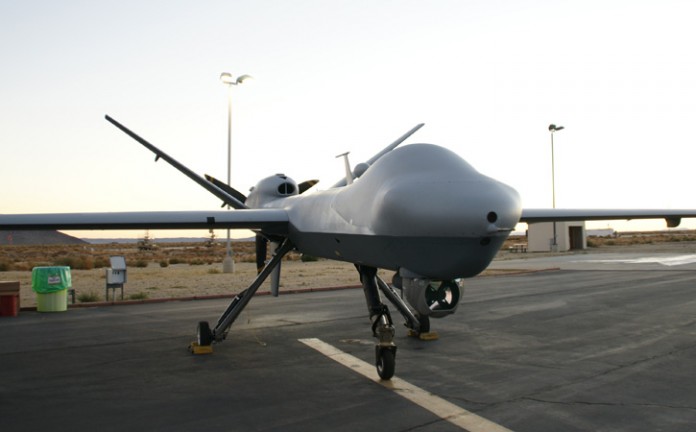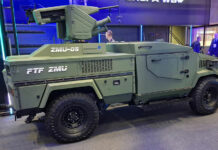
General Atomics Aeronautical Systems, Inc. (GA ASI) successfully flight tested a pre-production Due Regard Radar (DRR) in February 2015, marking the first fully functional air-to-air radar on a Remotely Piloted Aircraft (RPA) that meets the requirements for “Due Regard” operations in international airspace.
“DRR will allow users to operate Predator B independently in international airspace without the need for land-based, sea-based, or off-board airborne airspace surveillance, offering our customers greater freedom of movement around the globe.” said Frank Pace, president, Aircraft Systems, GA-ASI.
The test verified the functionality of the radar onboard the RPA and its integration with the Traffic alert and Collision Avoidance System (TCAS) II with Resolution Advisories, which is the collision avoidance system used on many commercial aircraft today. According to GA-ASI announcement the collision avoidance maneuvers were automatically and successfully executed onboard Predator B to verify system functionality and validate hardware-in-the-loop simulations.
“This latest flight test aboard an RPA is a significant milestone in the continued maturation of our DRR air-to-air radar program that began in 2011,” said Claudio Pereida, executive vice president, Mission Systems, GA-ASI.
The test flights took place at GA-ASI’s Gray Butte Flight Operations Facility and Edwards Air Force Base in Palmdale, Calif., where Predator B was flown in scripted encounters against multiple small- and medium-sized manned aircraft while the pre-production DRR simultaneously tracked multiple targets and continued to search a wide Field-of-Regard (FoR).
GA-ASI’s Due Regard capability, which includes the pre-production DRR and other components, is now at Technology Readiness Level (TRL) 7 and is ready for a customer to take into an operational environment to conduct an Operational Test and Evaluation (OT&E). The company’s Sense and Avoid (SAA) system, which integrates the DRR and TCAS II capabilities, is currently at TRL 6 and will mature once it incorporates all of the requirements being developed by Radio Technical Commission for Aeronautics (RTCA) Special Committee 228. The integrated SAA system will continue to fly aboard NASA’s Ikhana (Predator B) in 2015 in support of a series of NASA flight tests that will measure the performance of the entire system in a variety of situations.



















